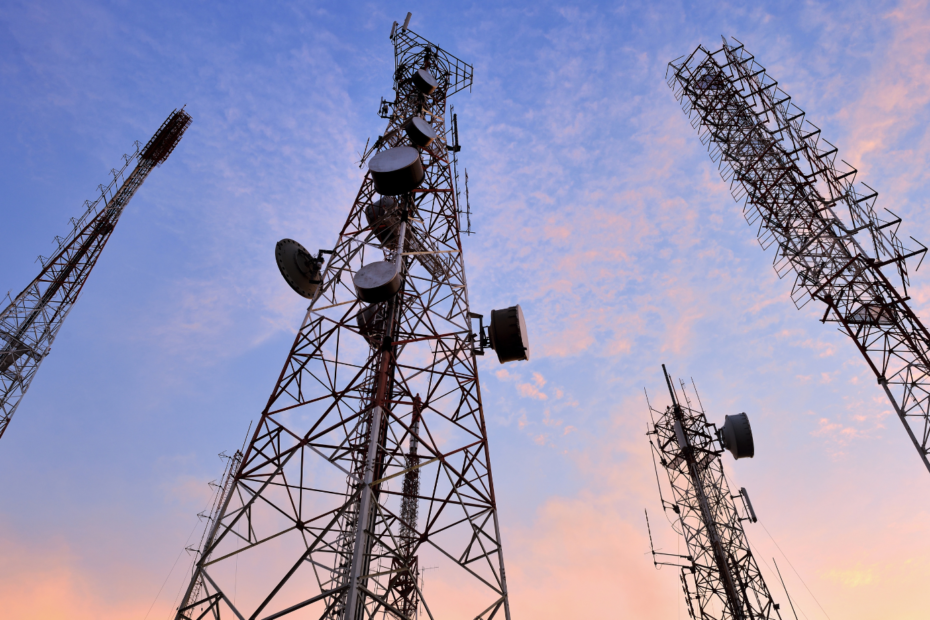In the constantly evolving landscape of telecommunications, the resilience of outside plant infrastructure (OSP) stands as a critical factor in maintaining uninterrupted connectivity. This blog article looks at the importance of resilient OSP design, exploring innovative approaches that focus on building infrastructure capable of withstanding challenges, ensuring longevity and reliability.
The Foundation of Resilient Design
Resilient OSP design involves creating infrastructure that can adapt and endure various stressors, including natural disasters, human activities, and technological advancements. The goal is to minimize service disruptions, enhance performance, and prolong the lifespan of the telecommunications network.
Innovative Design Approaches
1. Redundancy Planning: Firstly, incorporating redundancy in OSP design involves creating backups for critical components. This ensures that if one element fails, the system seamlessly switches to an alternative, minimizing downtime and service interruptions.
2. Modular Architecture: Secondly, embracing a modular architecture allows for flexibility and scalability in OSP design. This approach enables easy upgrades, replacements, and expansions without disrupting the entire system, making it more adaptable to evolving technological requirements.
3. Durable Materials: Thirdly, the selection of durable and weather-resistant materials is paramount in resilient OSP design. Infrastructure built with materials capable of withstanding environmental challenges ensures a longer lifespan and reduced maintenance needs.
4. Adaptive Technology Integration: Lastly, integrate adaptive technologies that can self-monitor, detect anomalies, and proactively address issues. This includes the incorporation of smart sensors, artificial intelligence, and automation to enhance the overall resilience of the OSP.
Addressing Natural Disasters
1. Earthquake-Resistant Design: In regions prone to seismic activity, OSP design should incorporate earthquake-resistant features to safeguard against ground movements and vibrations that could damage infrastructure.
2. Flood Mitigation Strategies: Coastal and flood-prone areas require OSP designs that consider potential inundation. Elevating critical components, waterproofing, and strategic placement help mitigate the impact of flooding on the telecommunications network.
Environmental Sustainability In Design
1. Green Infrastructure Practices: Resilient OSP design should embrace environmentally friendly practices. This includes the use of eco-friendly materials, energy-efficient technologies, and sustainable construction methods to minimize the ecological footprint.
2. Native Vegetation Integration: Incorporating native vegetation in OSP design not only enhances the aesthetics, but also contributes to environmental sustainability. Native plants can help with soil stabilization, erosion control, and overall ecosystem health.
Community-Driven Design
1. Feedback Mechanisms: Engaging with local communities to gather insights and feedback on OSP design can lead to more resilient solutions. Understanding local needs and potential risks allows for the customization of infrastructure to suit specific environmental and community requirements.
2. Collaborative Partnerships: Forming collaborative partnerships with local governments, environmental organizations, and community stakeholders can provide valuable input and support in designing OSP that aligns with broader community goals.
Ultimately, resilient OSP design is a cornerstone of a robust and future-ready telecommunications infrastructure. By incorporating innovative approaches, addressing environmental challenges, and embracing community collaboration, telecommunication companies can build OSP that not only withstands the tests of time and nature, but also contributes to the sustainable and seamless connectivity of our digital future.
Learn More
To find out about how Phoenix Loss Control can help when outside plant infrastructure damages occur, please click here.For additional reading on the importance of incorporating resilient designs in OSP projects, check out this article.

